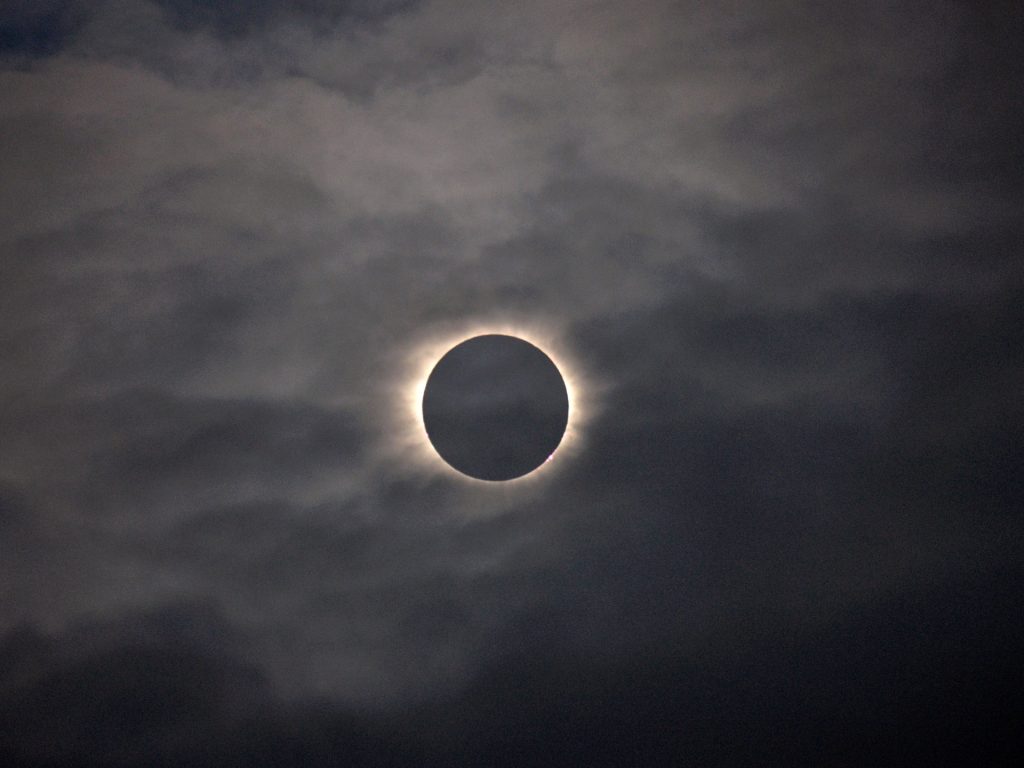Millions of people in North America are gearing up to witness a total solar eclipse on Monday, that will be visible from parts of Mexico, the United States, and Canada. This rare phenomenon occurs when the moon completely blocks out the sun, darkening the skies for a brief moment. The eclipse will be visible along a 185km-wide path that stretches from Mexico to Canada’s easternmost province. This “path of totality” offers a unique opportunity to witness the sun’s corona, or outer atmosphere, which is usually hidden by the sun’s brightness. This event is highly anticipated by astronomers and skywatchers alike.
The total eclipse is expected to enter continental North America in Mazatlan, Mexico, at 11:07am local time and exit in Newfoundland, Canada, at 5:16pm. The exact time of visibility will vary depending on the location along the path of totality. Residents in areas such as Texas and Maine will have the chance to witness this awe-inspiring event. A partial eclipse will also be visible for a couple of hours on Monday, both before and after totality. Mobile applications like “Totality” can help track the eclipse start and end times for different cities on the path.
During a total solar eclipse, the moon passes directly between the sun and the Earth, casting a shadow on a small area of the planet. The dark inner part, called the “umbra,” creates a narrow path where the total eclipse is visible. This path, about 160km wide and 16,000km long, moves as the moon orbits the Earth. Observers within this path will witness the moon completely covering the sun, creating a surreal experience of darkness in the middle of the day. Animals may exhibit nocturnal behaviors, and stars in the sky become more visible during this moment.
People are advised to watch the total eclipse with the naked eye only during the brief period of totality. Protective solar glasses or handheld viewing devices are recommended for the partial eclipse before and after totality to prevent eye damage. Safety measures are crucial due to the intense radiation of the sun during such events. Schools and institutions along the path of totality are preparing for viewing parties, and cities are distributing eclipse glasses to residents. Flights are also arranged for individuals to witness the eclipse from the air.
Despite the excitement surrounding the total eclipse, weather conditions could impact visibility, and cloudy skies could obstruct views. Various cultures throughout history have held beliefs about solar eclipses, viewing them as omens or signs of divine intervention. Ancient civilizations such as the Inca, Chinese, and Mesopotamians interpreted eclipses differently. NASA provides live coverage for viewers who are unable to witness the eclipse in person. Total solar eclipses occur approximately every 18 months, and the next ones are scheduled for 2026 and beyond, with different locations experiencing the phenomenon at varying intervals.















